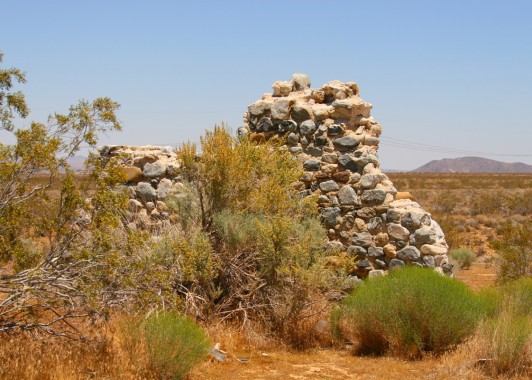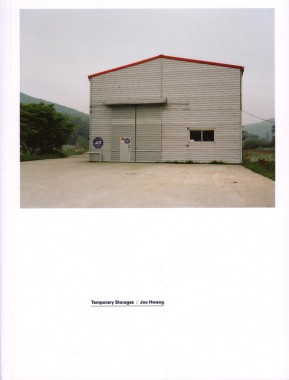0-052
Publications: Ort (Bücher & Hefte); I Still See Communism Everywhere (Slavs and Tatars); Temporary Storages (The Book Society); A Book About Some People And Time (Myung Feyen); Four Over One (LACMA); Footnote to a Project* (Abraaj Capital Art Prize)
Llano Community Bookstore
CalArts Library and IKO IKO Space
Two-part temporary bookstore
April 5 — April 20, 2012
Organized by Textfield, Inc.
PART I
CalArts Library: Microfilm Room
24700 McBean Pkwy.
Valencia, CA 91355
Thursday, April 5, 1-6pm
PART II
IKO IKO Space
931 N. Fairfax Ave.
Los Angeles, CA 90046
Friday, April 6 — Friday, April 20, 12-7pm (Closed Mondays)
CalArts graduate students have selected titles from the Textfield Distribution Catalog, to be included in both parts, and will install/deinstall and work as Shopkeepers during PART I of the temporary bookstore, located in the CalArts Library Microfilm Room. PART II of the temporary bookstore will be hosted by IKO IKO in Los Angeles, and includes furniture, used for both parts, designed by WAKA WAKA.
The (fictional) bookstore is based upon, and takes its name from, Llano Del Rio, which was organized under the Llano Del Rio Company and was a corporate-run socialist Utopian society initiated by Job Harriman, following his narrow defeat in a runoff election for the mayorship of Los Angeles. Harriman believed that the success of socialism depended not only on politics, but also on the realization of socialist principles. Harriman did not attempt to reform all of society, but rather, he believed that by creating a functioning socialist community within the larger society of capitalism, the larger society would gradually convert to socialism.
Temporary Storages
Joo Hwang, Temporary Storages
Softcover, 96 pp., offset 4/4, 180 x 240 mm
English and Korean
Edition of 1000
ISBN 978-89-94027-17-3
Published by mediabus
$25.00 ·
— Joo Hwang
In her latest work, Joo Hwang examines the prefabricated temporary storage facilities that cluster alongside fields or in the shadow of newly erected residential towers on the urban edges. As presented here, these are some of the most mysterious albeit unremarkable structures on the road of commodity circulation. Her methodology appears simple: a simple cataloging of structures and site. She uses photography’s capacity for sustained description and accumulation, however, to build, over time, a document with considerable analytic force.
— Robert Sember

